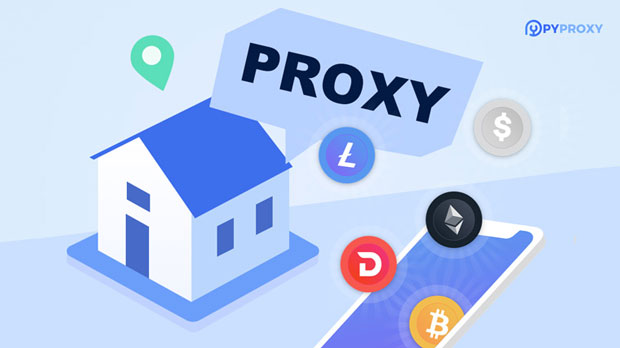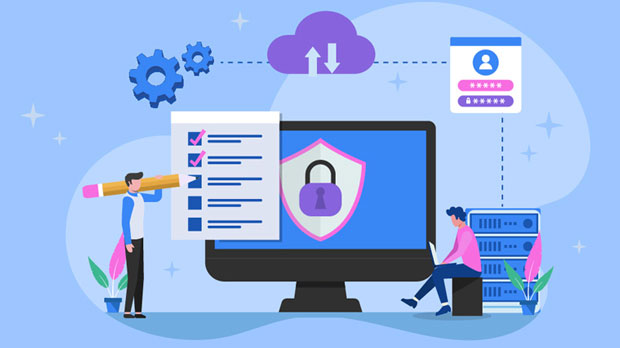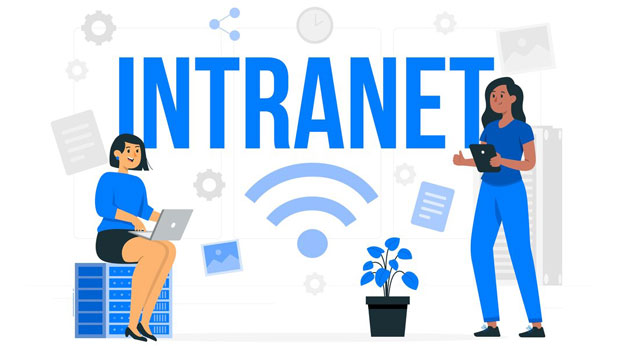In advertising verification scenarios, the role of PYPROXY Proxy for Windows is essential for ensuring the accuracy, security, and compliance of digital ads. Advertisers, brands, and third-party verification agencies rely on proxies like PyProxy to simulate real user behavior and test ad delivery across various regions, devices, and environments. This enables a more comprehensive analysis of how ads are displayed and whether they meet standards for location targeting, creative content, and overall performance. PyProxy’s use provides a more robust and secure framework for digital advertising verification, especially in global campaigns, where geographical targeting and content verification are critical. By integrating this tool into the verification process, businesses can improve efficiency, mitigate fraud, and enhance ad quality control. The Importance of Proxy Tools in Ad VerificationProxy tools have become integral to the ad verification process, particularly when dealing with a complex and diverse digital advertising ecosystem. They offer a means to anonymize traffic and simulate real-world user interactions with ads. Here are the primary reasons proxies, specifically PyProxy Proxy for Windows, are so vital:1. Enhanced Geographic Testing: One of the critical functions of proxies is to enable testing across various geographical locations. Ad campaigns often rely on regional targeting, and using a proxy allows verification of whether ads are served correctly in different parts of the world. This helps detect issues like geo-fencing errors or content being blocked in specific areas.2. Security and Privacy: In ad verification, ensuring that both the data and the content delivered are secure is paramount. By using PyProxy, advertisers can anonymize their IP addresses and simulate traffic without exposing sensitive data. This is especially important when dealing with private campaigns or when advertisers wish to keep their digital footprint minimal.3. Testing Ad Delivery and Content: Proxy tools allow testing of ad delivery in different environments, including mobile devices, desktops, and even different browsers. This ensures that ads are displayed correctly across all platforms and helps in identifying any technical glitches that may prevent ads from rendering properly.How PyProxy Proxy for Windows Works in Ad VerificationPyProxy Proxy for Windows functions as an intermediary server that routes traffic through different IP addresses. It works by masking the real IP address of the user and replacing it with one from a different geographical location. This functionality is particularly useful in ad verification, where verifying how ads appear in different regions is crucial for campaign success. The tool also helps to bypass geo-restrictions that might block content or ads based on location. Key Features of PyProxy in Ad Verification:- IP Rotation: PyProxy can rotate multiple IP addresses to simulate different user behavior, ensuring that ad delivery is tested under various conditions.- Cross-Platform Testing: This proxy supports different devices, making it easier to verify if ads are optimized across multiple platforms, from smartphones to desktops.- Customizable Settings: Advertisers can configure the proxy to test specific scenarios, such as testing location-specific ads or monitoring content delivery in particular regions.The Advantages of Using PyProxy Proxy for Windows in Advertising Verification1. Ensures Accurate Geo-Targeting: In an advertising campaign, geo-targeting is a key aspect that determines how well ads reach their intended audience. Using PyProxy, advertisers can test if the geo-targeting settings work correctly. This includes verifying whether users from specific regions see location-specific ads, ensuring that all geographic requirements are met. 2. Prevents Ad Fraud: The digital advertising space is highly susceptible to fraudulent activities such as click fraud, impression fraud, or misrepresentation of ad views. By using proxies like PyProxy, advertisers can simulate real-world user traffic, reducing the risk of fraudulent activities. Proxies can be set to mimic organic user behavior, helping ad verification tools better differentiate between real users and bots.3. Improves Ad Quality Control: One of the major challenges faced by advertisers is ensuring that ads are displayed correctly and meet the brand’s quality standards. With PyProxy, advertisers can test their ad creatives under different conditions and resolve issues related to broken links, incorrect rendering, or incorrect content delivery.4. Facilitates Cross-Browser Compatibility Testing: With users accessing ads from different browsers, it is critical to ensure that ad creatives render correctly across all platforms. PyProxy can be configured to simulate traffic from different browsers, ensuring that ads are displayed as intended across a variety of browser environments.Challenges Addressed by PyProxy Proxy for Windows in Ad Verification1. Geographical Limitations: When testing ads in real-world environments, advertisers are often restricted by geographic boundaries. PyProxy resolves this by simulating user traffic from different locations worldwide, giving advertisers a broader testing scope. 2. Ad Display Inconsistencies: Sometimes, ads may appear correctly for one user but not for another due to factors like browser type, device, or network conditions. PyProxy helps test these variables systematically, reducing inconsistencies and ensuring ads meet performance standards.3. Avoiding Restrictions: Many websites or ad networks impose geographical restrictions that prevent certain ads from being displayed in certain locations. With PyProxy, these restrictions can be bypassed, providing a clear picture of how ads perform in different markets.Best Practices for Using PyProxy Proxy for Windows in Ad VerificationFor businesses to get the most out of PyProxy, it's important to follow a set of best practices:1. Regular IP Rotation: Rotating IP addresses frequently ensures that ad networks do not detect the proxy traffic as bot activity. This makes the testing process more effective and reliable. 2. Set Specific Testing Parameters: Customize PyProxy settings to simulate realistic user behavior, such as testing for mobile users or verifying ads under various network conditions.3. Monitor Ad Metrics: Use the proxy to monitor critical ad metrics like viewability, click-through rates, and ad loading time. This will help in fine-tuning the campaign for better performance.4. Integrate with Other Tools: PyProxy can be integrated with other ad verification tools to get a more comprehensive overview of the ad campaign’s performance.In conclusion, PyProxy Proxy for Windows plays an indispensable role in advertising verification, providing advertisers with the tools to ensure their ads are being delivered correctly and efficiently across various regions, platforms, and environments. With its ability to simulate real user behavior and bypass geographic restrictions, PyProxy helps prevent ad fraud, improve quality control, and enhance the overall effectiveness of digital ad campaigns. By integrating this tool into their ad verification processes, businesses can achieve more accurate results and ensure that their advertising efforts are optimized for a global audience.
Oct 17, 2025



































































